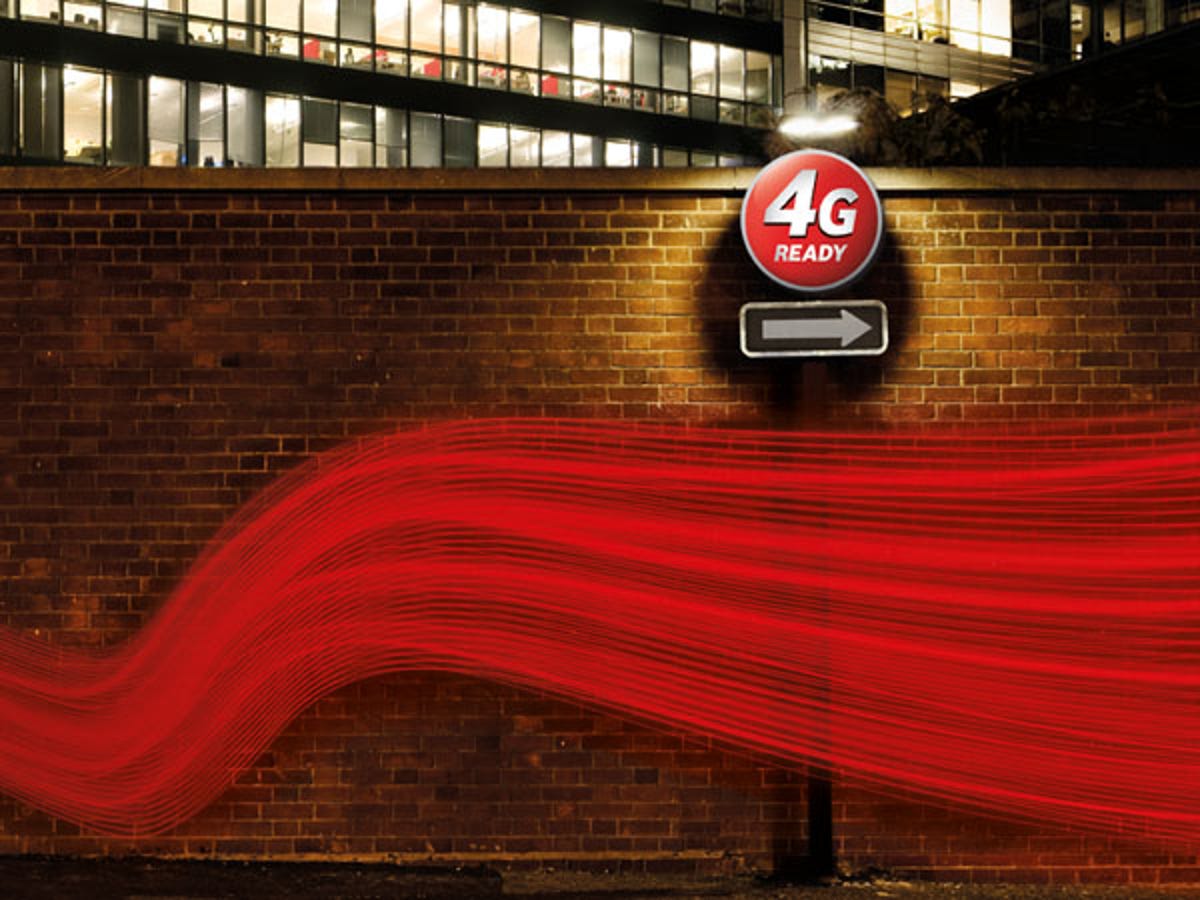
Best phones for 4G+
Vodafone is rolling out a slew of upgrades to its 4G network, all under the banner of 4G+. While Optus and Telstra are using the 700MHz spectrum, Vodafone is going with the 850MHz instead. As a low-frequency band it'll offer similar benefits to 700MHz -- better coverage in buildings, lifts and even underground.
Vodafone has completed it's rollout of carrier aggregation for its 4G+ network. This is Frequency Division Duplexing across the 850MHz and 1,800MHz spectra.
Apple iPhone 6 and 6 Plus
Apple's iPhone 6 and iPhone 6 Plus will both access the 850MHz and the 1,800MHz that comprise Vodafone's 4G+ network.
Sony Xperia Z3 and Z3 Compact
Both of Sony's latest flagships, the 5.2-inch Z3 and the 4.6-inch Z3 Compact, work on the 850MHz band and the 1,800MHz band.
Samsung Galaxy S5
It might be a little long in the tooth for some users -- we expect to have the Galaxy S6 announced in March -- but the S5 remains a solid performer for Vodafone 4G+.
Samsung Galaxy Note 4
As one of the few Category 6 devices on the market, the Galaxy Note 4 will be able to work on the Vodafone carrier aggregation offering as it becomes available around the country.
Samsung Galaxy Note Edge
And, of course, the Galaxy Note Edge can also work on the Vodafone's FDD LTE-A as it's pretty much identical to the Note 4 in every way.
Samsung Galaxy S6 and S6 Edge
Both the Galaxy S6 and the curved screen G6 Edge are category six devices working across all the available LTE networks and on carrier aggregation.
Microsoft Devices Lumia 640 XL LTE
If you're after your 4G on a budget then the Lumia 640 XL LTE might be right for you.
It doesn't support carrier aggregation, but for AU$399 you are getting a 5.7-inch screen, a 13-megapixel camera and, of course, those lovely 4G speeds.
LG G4
Now that the 4G+ network has carrier aggregation up and running, category six device such as the G4 are going to be blisteringly fast.
HTC One M9
The latest of HTC's lineage to wear the One crown in the M9. The phone might not be a quantum leap forward from the M8, but it's compatible with Vodafone's carrier aggregation and is a pretty sharp looking phone to boot!


